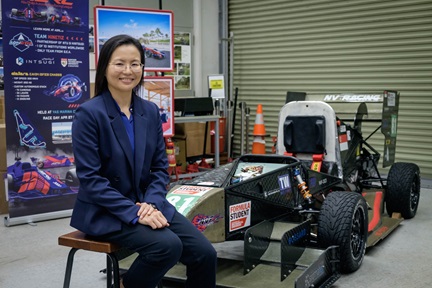Unlocking language for machines
Led by Assoc Prof Erik Cambria of NTU’s School of Computer Science and Engineering, researchers create a knowledge base called SenticNet 6 to help AI analyse sentiments in words.

Artificial intelligence (AI) is a powerful tool that could help to treat disease, predict the weather and manage the global economy. While machine learning works well for tasks such as image classification, it is not as effective in natural language processing, which requires a basic understanding of the world and social norms—something humans learn through experience. To integrate this specifically human mode of learning with traditional bottom-up approaches used in machine learning, a pan-Singapore research team coupled AI tools with top-down logic and semantic networks. The result was a common-sense knowledge base called SenticNet 6, which the researchers used to analyse sentiments in words.
“Integrating logical reasoning within deep learning architectures has been a major goal of modern AI systems,” says Assoc Prof Erik Cambria of NTU’s School of Computer Science and Engineering, who led the research. “Coupling symbolic and subsymbolic AI is a key step in the path from natural language processing to natural language understanding,” he adds.
The paper “SenticNet 6: Ensemble application of symbolic and subsymbolic AI for sentiment analysis” was published in Proceedings of the 29th ACM International Conference on Information and Knowledge Management (2020), DOI: 10.1145/3340531.3412003.
The article appeared first in NTU's research & innovation magazine Pushing Frontiers (issue #19, August 2021).



.tmb-listing.jpg?Culture=en&sfvrsn=29c7e020_1)
.tmb-listing.jpg?Culture=en&sfvrsn=55153609_1)


